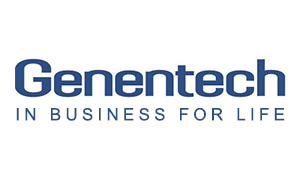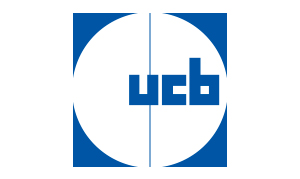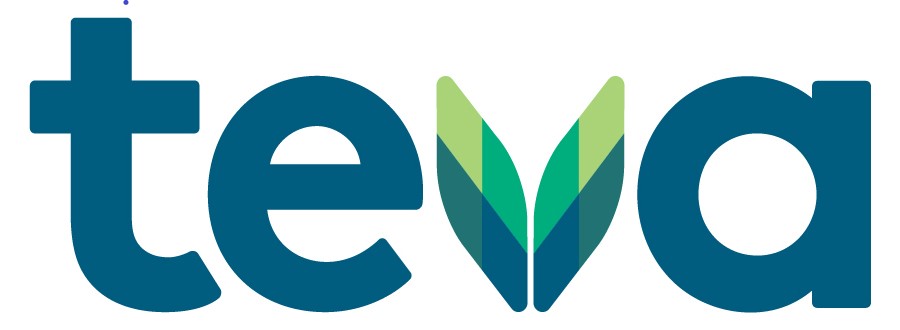This article on ASP recalculation for self-admin drugs will give you an understanding of how and why this change came into affect by CMS.
CMS Implements Statutory Change to ASP Payment Calculation for Drugs with Self-Administered Presentations Resulting in Payment Decreases for Cimzia and Orencia
On December 27, 2020, President Trump signed into law The Consolidated Appropriations Act of 2020—sweeping legislation that included COVID-19 relief, funding levels for the 2021 fiscal year and numerous policy changes affecting health care providers. Among the law’s myriad provisions was a change to Section 1847A of the Social Security Act (SSA)[1]—statutory provisions for determining the Average Sales Price (ASP) calculation for certain Medicare Part B drugs. In brief, the law provides for an adjustment of Part B payment amounts where the Healthcare Common Procedure Coding System (HCPCS) code includes a non-covered self-administered formulation of the drug. The amended statute authorizes the Centers for Medicare & Medicaid Services (CMS), when determining payment for products covered under Medicare Part B, to review and exclude payments made for the self-administered versions of products that are not covered. As a result of this statutory change, beginning July 1, 2021, CMS has announced it will apply the new ASP calculation methodology for affected drugs, resulting in reimbursement decreases to Cimzia and Orencia.
Basis for the payment adjustment
The December law’s amendment to the SSA (Section 1847A) is linked to 2017 and 2020 HHS Office of Inspector General (OIG) report findings that inclusion of non-covered versions of Part B drugs with self-administered formulations significantly increased Medicare expenditures. As a result of its 2017 findings, the Health and Human Services Department Office of Inspector General (HHS OIG) advocated in a 2020 report for a legislative change that would provide CMS the authority to determine when self-administered versions of Part B drugs should be included in or excluded from the calculation of ASP. As a result of OIG’s advocacy, the SSA now requires the OIG to conduct periodic studies to identify instances where self‑administered drugs should be excluded from the determination of the payment amount. Both the 2017 and 2020 OIG reports highlighted specific drugs that would be implicated by the proposed statutory change.
Effective July 1, the statutory update will require the Secretary of HHS to exercise broader authority to determine the data that can be sourced to calculate ASP, particularly for the original formulations of physician-administered biologics that have a second, self-administered formulation approved. If it identifies such a drug, OIG must inform the Secretary, and the Secretary must (to the extent the Secretary deems appropriate) apply a “lesser of” payment amount for the HCPCS code, as follows: (A) the amount of payment that would result if the self-administered drug were excluded from the determination of the payment amount, or (B) the amount of payment determined without that exclusion. This “lesser of” methodology will apply to the HCPCS codes with drugs identified in the 2020 OIG final follow-up report, namely Cimzia and Orencia.
What’s next?
On June 8, 2021, CMS issued an updated MLN: July 2021 Quarterly Average Sales Price (ASP) Medicare Part B Drug Pricing Files and Revisions to Prior Quarterly Pricing Files and a new CMS Medicare Claims Processing Program Transmittal wherein the agency summarized the statutory change and implementing instructions. The MLN and Transmittal note,
To meet the implementation date of July 1, 2021 required by section 405, CMS will apply the lesser-of methodology to the payment limit calculations for billing and payment codes representing certolizumab pegol and abatacept (J0717 and J0129, respectively). These changes will be incorporated into the July 2021 ASP Drug Pricing Files and a notation of the lesser-of methodology will be included in the July 2021 ASP NDC-HCPCS Crosswalk.
Accordingly, the newly released July 1 ASP pricing files reveal decreased reimbursement amounts for Cimzia and Orencia: J0717 – $6.52 (down from the April 1 Payment Allowance rate of $8.07) and J0129 – $45.32 (down from the April 1 Payment Allowance rate of $57.83).
Evidenced by the impending downward reimbursement adjustment for Cimzia and Orencia, last December’s statutory change to Section 1847A, SSA has pricing and contracting implications for existing products as well as those in the pipeline or with pending approvals. As such, manufacturers are considering how this statutory change will affect their product-by-product regulatory approach with all eyes watching the OIG’s ongoing evaluation of similarly situated products and future implications for Part B drug reimbursement.
To see which drugs are affected by this change, visit the CMS physician fee schedule online and look for the comment “lesser of” methodology applied.
[1] Section 405 of The Consolidated Appropriations Act of 2020, signed into law December 27, 2020, amends Section 1847A of the Social Security Act to provide for an adjustment of Part B payment amounts where the Healthcare Common Procedure Coding System (HCPCS) code includes a self-administered version of the drug.












